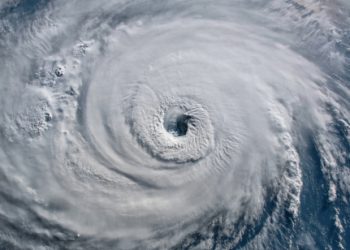The 2013 Atlantic hurricane season is an active one
![]()
According to projections made by the National Oceanic and Atmospheric Administration (NOAA) and the National Hurricane Center, the 2013 Atlantic hurricane season is an “active” one, noted Philip B. Bedient, a professor of environmental engineering at the Houston-based Rice University.
The expected number of storms ranges from a dozen to a score, NOAA predicted in late May, adding that the likelihood is 70 percent. Of all the storms, 7 to 11 could strengthen into hurricanes, including 3 to 6 major ones.
If a major hurricane does hit the Gulf, the U.S. states of Florida, Mississippi, Alabama and Louisiana tend to get mostly hit, while Texas may get fewer. However, Bedient warned that it has been five years since Texas was hit by a major hurricane in 2008, when Ike slammed the southern port of Galveston and claimed 96 lives, and that Texas cannot afford to slack its preparedness for a possible hurricane.
Asked about hurricane prevention and relief, Bedient, who also heads a research center on severe storm prediction, education and evacuation from disasters, said that the most difficult part is forecasting.
Though equipped with a combination of satellites, seven or eight latest computer models and other predictive systems, U.S. scientists still find it a “mission impossible” to pin down the exact location prior to hurricanes’ landfalls.
“They are only able to do it 24 hours before hurricanes land,” Bedient noted. “Even within 24 hours, the hurricane can change its course as Ike did in 2008, when it shifted its landfall 50 miles away from the predicted location.”
The not-timely-enough forecasting causes a problem to evacuation, especially in metropolises as there is not enough time to evacuate a huge population within a span of just 24 hours. The evacuation efforts “usually should take 72 hours,” he explained.
To view the full article please click here.
Source: Space Daily


























































